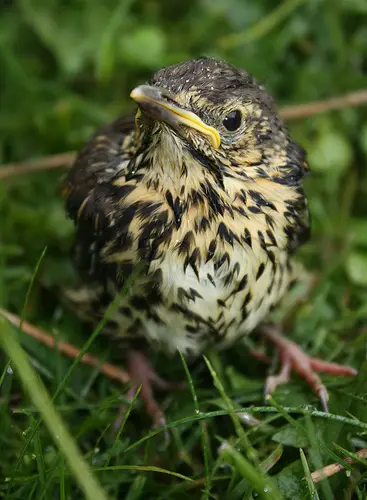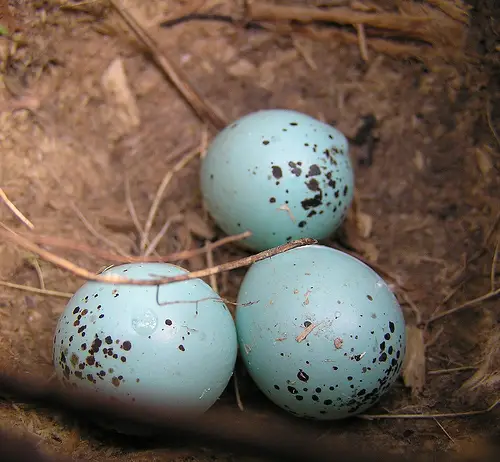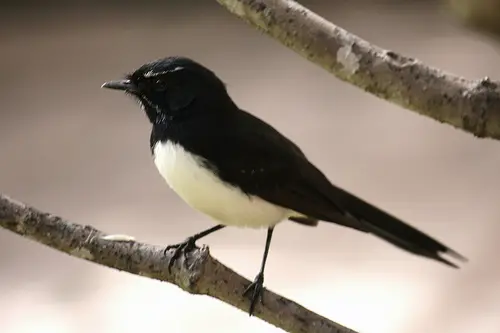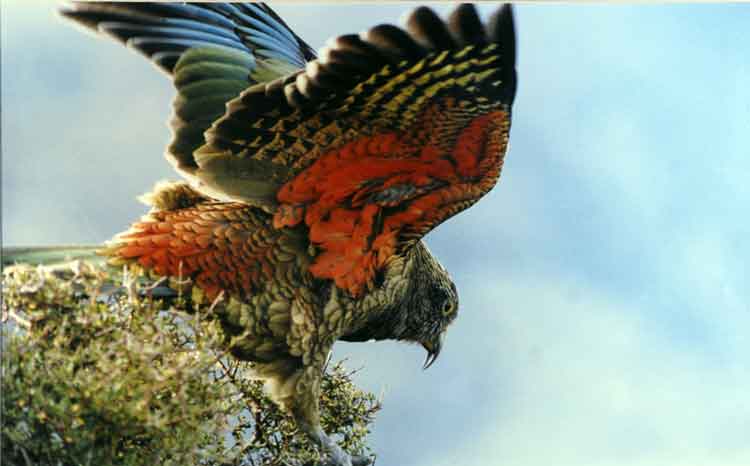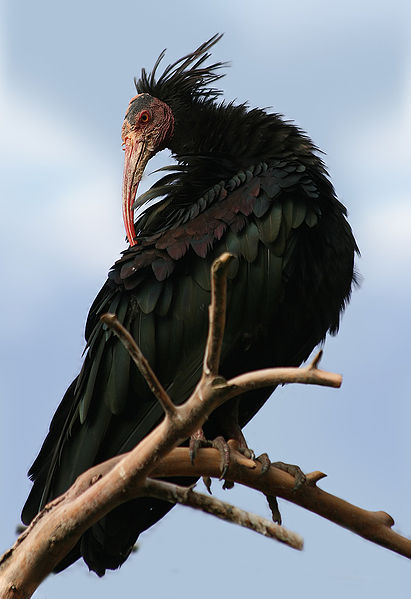Song Thrush
The Song Thrush is a thrush (type of bird) that breeds in Eurasia. It is also known as a mavis or throstle. It was first described in 1813 by the German Orinthologist, Christian Ludwing Brehm. He named it Turdus for Thrus which refers to the character, Philomela, in Greek mythology who had her tongue cut out but was able to change into a singing bird. The words throstle and mavis both mean thrush, and are related to the German and French words for it. It was called Throstle in the 14th century, and was used by Chaucer in the Parliament of Fowls.
The Song Thrush is the nominate species, and there are 3 other subspecies. It is 20 – 23.5 cm long and weighs about 50 – 107 g. Both male and female Song Thrushes look alike, as they have brown backs and cream or yellow-buff underparts, before it becomes paler on the belly. Its underwing is a warm yellow, its bill is yellow, and its legs and feet are pink. Juvenile Song Thrushes look like the adult version, except it has orange or buff streaks on its back as well as its wing coverts.
Its call is beautiful but rather loud. Its call can range from tsip, seep, chook chook, or filip filip filip codidio codidio quitquiquit tittit tittit, etc. Its musical phrases are repeated at leats 2 – 4 times and have grating nots and mimicry. It has one of the loudest bird calls for its weight range. Males will have a repertoire of more than 100 calls, many of which have been copied from its parents as well as neighbouring birds. It can mimic telephones, exotic birds such as the White-faced Whistling Duck, as well as the cries of captive birds.
This bird is found mostly in Europe, from the Ukraine and Russia to Norway, the Mediterranean, North Africa, and the Middle East. However, it not found in the lowlands of Italy, most of the Iberian Peninsula, or in southern Greece. The Song Thrush was introduced into Australia and New Zealand between 1860 – 1880 for sentimental reasons only. It was introduced onto the 2 main islands of New Zealand, and quickly spread itself to surrounding islands such as the Auckland, Chatham, and Kermadecs Islands. In Australia, only a small population can be found around Melbourne.
As far back as 12,000 years ago, Song Thrushes were trapped for food. In fact, a reference can be found in Homer’s Odyssey. Up to the 19th century, this bird was kept as a caged bird due to its beautiful melodious voice. Hunting for this bird continues around the Mediterranean, however it is not a major factor for this species’ decline in parts of its range. In Spain, this bird is caught using birdline. This practice is actually banned by the European Union, however it is still tolerated and permitted by the Valencian community.
